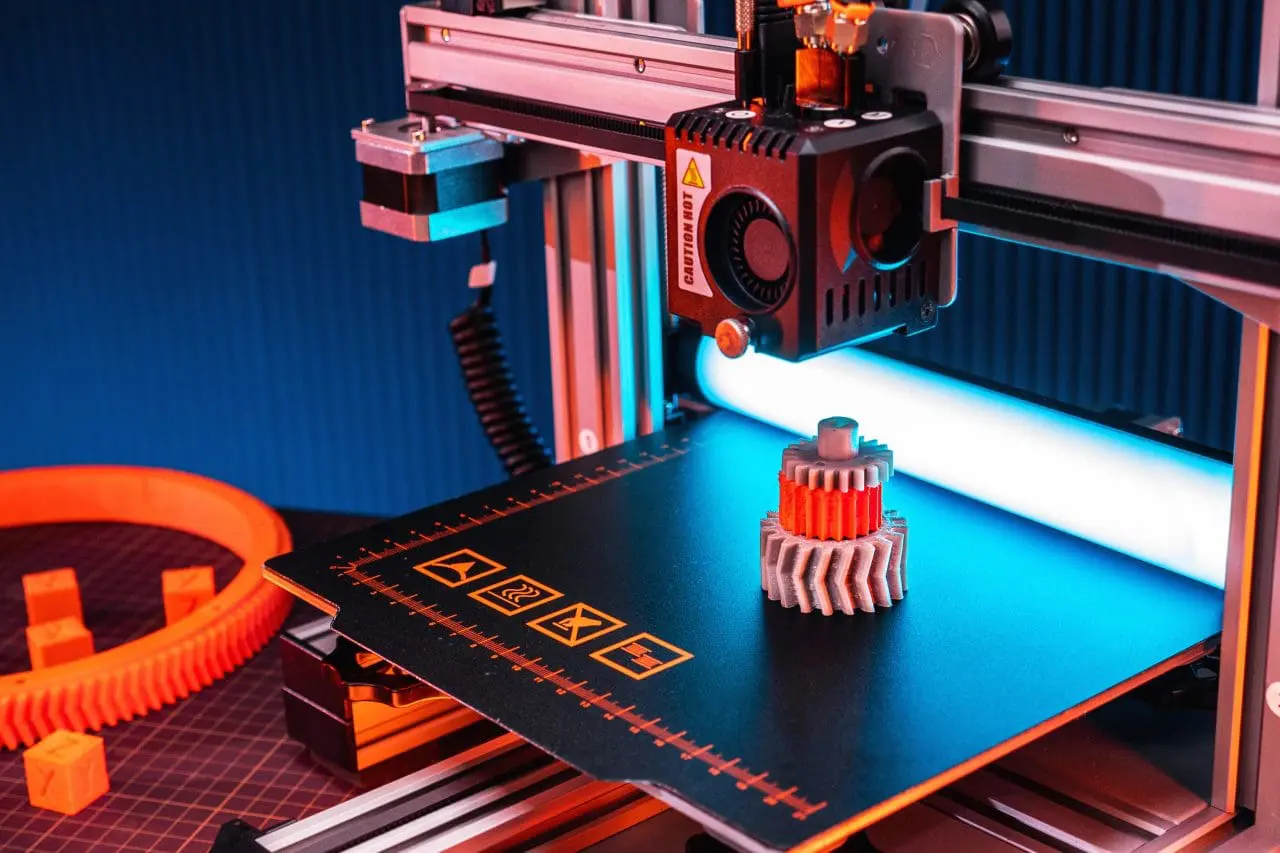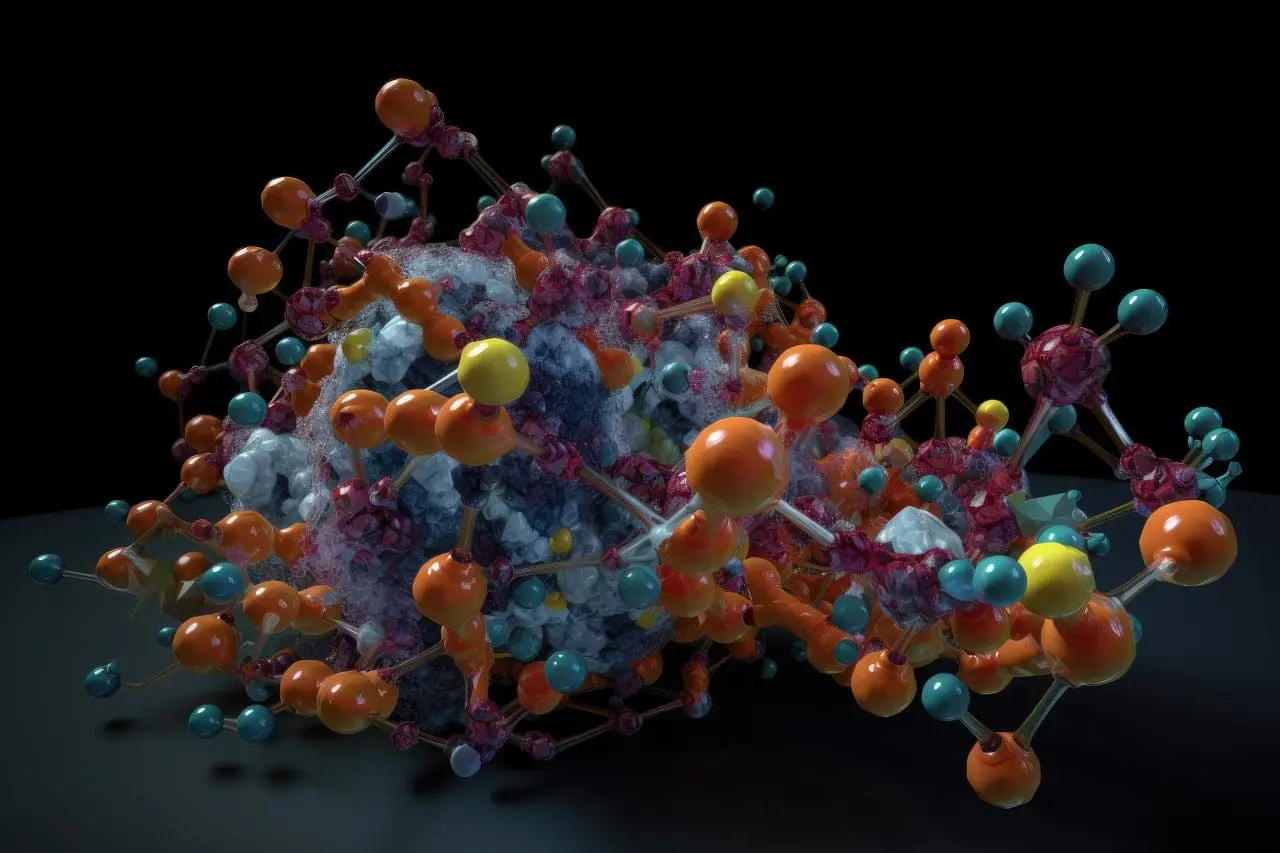

Artificial Intelligence (AI) has revolutionized how we create 3-D models from textual descriptions. By utilizing natural language processing and machine learning algorithms, AI can generate incredibly realistic 3-D models with relative ease and speed. With the help of AI, it is now possible to create models of virtually anything imaginable – from detailed scientific procedures and intricate architectural designs to complex landscapes and imaginative creatures. By automatically generating 3-D models from text descriptions, AI eliminates the need for manual labour which in turn frees up time that would have been devoted to this tedious task. This not only allows us to create more detailed models but also enables faster production times.
With the help of AI, 3-D models can be quickly and efficiently generated from textual descriptions. This opens up a whole new world of possibilities for designers and engineers alike. By being able to create detailed 3-D models in an automated manner, designers are no longer limited by their manual capabilities. Furthermore, engineers can easily test out the performance of their designs before committing any resources towards production. The utilization of AI also allows for more accurate simulations which could prove invaluable when it comes to product development or testing process optimization. Moreover, this technology promises to reduce costs associated with manual labor while increasing quality assurance levels by providing detailed visual feedback.
By utilizing natural language processing and automated machine learning techniques, AI can be used to generate detailed 3-D models from textual descriptions. This opens up a range of possibilities when it comes to model generation. Not only are designers and engineers able to create precise and intricate designs without any manual labor involved, but they can also save time by using AI generated models as a starting point for their designs. Furthermore, this technology allows for faster simulations which could prove invaluable when testing process optimization or product development. With the help of AI, it is now possible to create accurate and realistic 3-D models from text with relative ease and speed.
By using artificial intelligence, 3-D models can be automatically generated from textual descriptions in an incredibly efficient and accurate manner. This eliminates the need for manual labour which in turn frees up time that would have been devoted to this tedious task. Furthermore, by utilizing natural language processing and automated machine learning algorithms, designers and engineers are able to quickly generate extremely detailed models without any effort on their part. Not only does this reduce costs associated with manual labor but it also increases the quality assurance levels by providing detailed visual feedback. With AI enabled technologies now available, taking automation of 3-D model generation to a new level is no longer a distant dream.
Artificial intelligence has revolutionized the way 3-D models can be generated from textual data. Not only does this technology save time and increase accuracy, but it also provides other advantages such as cost savings, improved quality assurance, and increased flexibility for customizing models. The use of AI makes it possible to generate complex designs without any manual labor involved which is essential for large scale projects or when dealing with a large volume of data. Furthermore, engineers are able to conduct more accurate simulations which would prove invaluable when testing process optimization or product development. Companies using AI-powered technologies have also seen significant reductions in costs associated with manual labor.
With the help of artificial intelligence, it is now possible to automatically generate three dimensional models from texts in an efficient and accurate manner. This eliminates the need for manual labour which in turn frees up time that would have been devoted to this tedious task. Furthermore, by utilizing natural language processing and automated machine learning algorithms, designers and engineers are able to quickly generate extremely detailed models without any effort on their part. Not only does this reduce costs associated with manual labor but it also increases the quality assurance levels by providing detailed visual feedback which can be easily shared across teams or stakeholders. By relying on AI technologies, companies are able to create 3-D models in a fraction of the time and cost compared to traditional methods.
With AI enabled technologies now available, taking automation of 3-D model generation to a new level is no longer a distant dream. Thanks to natural language processing and automated machine learning algorithms, designers and engineers can generate detailed models by simply using text descriptions. On top of that, AI powered platforms provide users with additional flexibility such as the ability to customise their models before generating them. This makes it easier for teams or stakeholders to collaborate on projects or carry out simulations at an unprecedented speed and accuracy. The use of AI in 3-D model generation also ensures that companies can save costs associated with manual labor while achieving greater accuracy and improved quality assurance.
With the help of artificial intelligence, it is now possible to create customisable three dimensional models from textual inputs. This makes it easier for designers and engineers to quickly visualize complex designs or changes without having to rely on manual labor. The use of natural language processing and automated machine learning algorithms empowers users by providing them with more control over their 3-D models. Moreover, this technology also increases the accuracy of simulations which would prove invaluable when testing process optimization or product development. By utilising AI enabled technologies, companies are able to save time and money while gaining access to more efficient, accurate, and cost-effective 3-D model generation solutions.
The use of artificial intelligence has revolutionised the way 3-D models can be generated from textual data. With natural language processing and automated machine learning algorithms at its disposal, users can quickly generate complex designs without any manual labor involved which is essential for large scale projects or when dealing with a large volume of data. Furthermore, engineers are able to conduct more accurate simulations which would prove invaluable when testing process optimisation or product development. Companies using AI-powered 3-D model generation solutions can save time and money while increasing the accuracy of their results. AI enabled technologies are now the backbone for efficient, accurate, and cost-effective 3-D model generation.

This website uses cookies to improve your experience. Choose what you're happy with.
Required for the site to function and can't be switched off.
Help us improve the website. Turn on if you agree.
Used for ads and personalisation. Turn on if you agree.
This website uses cookies to improve your experience. Choose what you're happy with.
Required for the site to function and can't be switched off.
Help us improve the website. Turn on if you agree.
Used for ads and personalisation. Turn on if you agree.